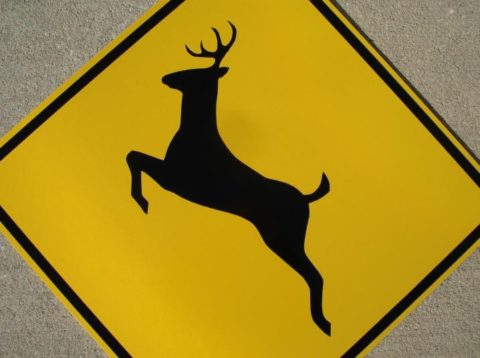What do you do in the event of a flood?
This is something most homeowners have given at least some thought, whether or not they live in a flood plain. The sad fact is that homeowner insurance policies won’t cover flood damage.
That doesn’t mean you have no recourse. The National Flood Insurance Program, offered through the US government, provides policies to help protect homeowners in the event of a flood. However, these policies typically have a ceiling of up to $350,000 for both your home and your valuables, so supplemental policies might be needed for some in order to cover everything that might be lost in a flood.
Granted, we’re programmed to go to the worst case scenario when imagining “what ifs”, and the worst case scenario for most people would be losing their home and all their assets in a flood. In reality, and particularly in our area, this is not likely. In fact, according to NFIP, the average claim is around $39,000 nationwide. Now, that’s not an amount to take lightly, but it does tell us that most claims aren’t those of total and complete devastation.
Here are some things you might not know (or think you know) about flood insurance.
- Policies are available to anyone—regardless of whether or not you live in a flood plain. You might be required to buy flood insurance by your mortgage holder as part of the home purchase if you live in a plain, but the option remains open to you pretty much regardless of where you live.
Your flood insurance policy and payments will be decided upon certain factors, like the value of your home and whether or not it’s at high risk for flooding. But even if you’re not considered at-risk, you might still consider flood insurance. According to an article published by Bankrate.com, 1 out of 4 flood insurance claims originate from homes not located on a flood plain.
- Even if you don’t live in an at-risk area, flood insurance is never a bad idea. Think of a “Deer Crossing” sign.

- Remember that $350,000 cap mentioned above? It breaks down like this: $250,000 maximum will go to your home structure. $100,000 will go to any possessions lost. So if your home appraises at more than $250,000, it might be worth it to buy extra insurance.
- As we said above, homeowners insurance does not cover flood damage. If you think you might need flood insurance, don’t wait for a flood to hit. Flood insurance policies take have a 30 day wait requirement that needs to be met before you can take out a claim.
- In the world of insurance, not all water damage is the same. Say a tornado were to tear through the area, ripping off your roof and resulting in extensive water damage from rain. This would likely fall under the umbrella of homeowner’s insurance. Now, if you need a ferry to get from your front door to the mailbox, this is more likely to fall under flood damage. You might check with your insurance to see if you qualify for a “water backup” policy. These policies will cover things such as any damage done by a dysfunctional sump pump.
- You might not live on a flood plain now, but that could change. It could change even if you don’t move. Flood plains don’t necessarily stay in the same place. It’s a good idea to check in with your insurance agent or by visiting FloodSmart.Gov.

Also when it comes to insurance: most homeowner policies will cover only storm-related roof damage. Normal wear and tear and damage caused by animals is likely not covered, which might leave you footing the bill. This is where the Dale’s Roofing Stay DRI Maintenance Club comes in. To learn more about the DRI Maintenance Club and its benefits, give us a call!














